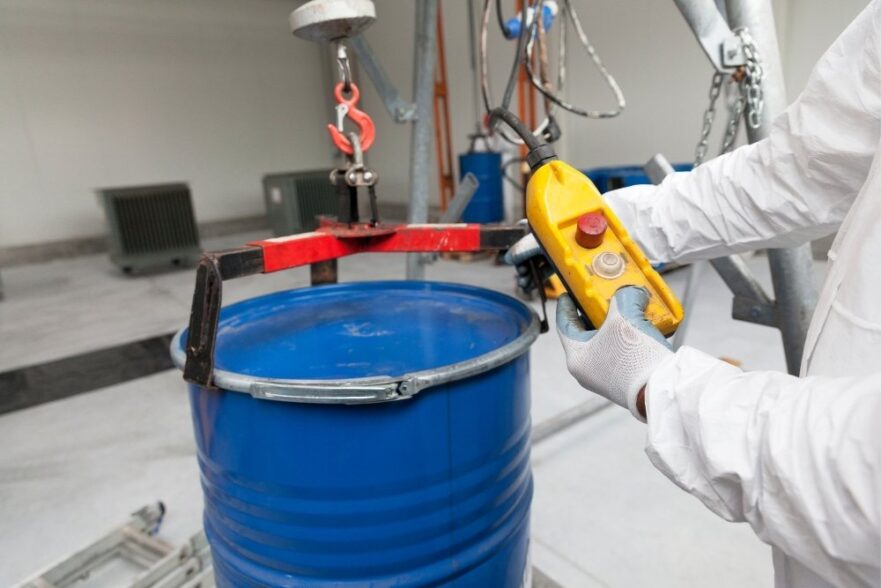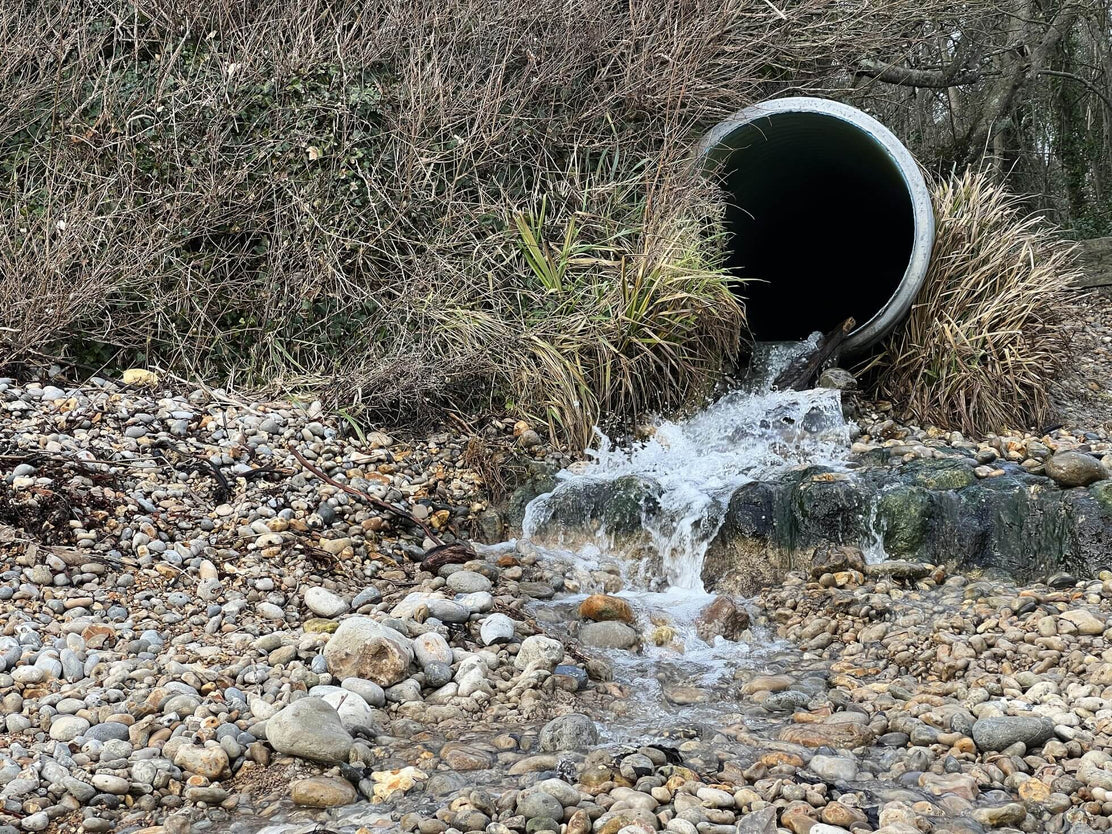Cutting-edge Industrial Wastewater Treatment Solutions: Securing the Environment
Cutting-edge Industrial Wastewater Treatment Solutions: Securing the Environment
Blog Article
Exactly How Liquid Waste Disposal Works: A Thorough Introduction of Strategies and Technologies Utilized

Summary of Liquid Waste Types
The intricacy of fluid waste kinds requires a thorough understanding of their qualities and implications for disposal. Fluid waste can generally be categorized into a number of kinds, including commercial, community, farming, and contaminated materials. Each group shows distinctive residential properties, requiring details administration methods to mitigate environmental and wellness dangers.
Industrial liquid waste stems from manufacturing processes and often has an array of pollutants, such as hefty metals, solvents, and organic substances. Local liquid waste, primarily making up wastewater from houses and business establishments, includes organic matter, nutrients, and virus (industrial wastewater treatment). Agricultural liquid waste, consisting of runoff from farms, might have plant foods, pesticides, and animal waste, posing dangers to water top quality and environments
Unsafe liquid waste is characterized by its toxicity, sensitivity, or potential to cause injury. Understanding these diverse fluid waste kinds is essential for developing efficient disposal methods and ensuring compliance with ecological regulations.
Physical Therapy Methods

Screening is the preliminary action, where bigger fragments and debris are removed from the fluid waste making use of screens or grates. This process safeguards downstream devices from damage and makes certain smoother procedure. Adhering to screening, sedimentation makes use of gravitational pressure to different solids from fluids. In sedimentation storage tanks, heavier particles settle at the bottom, developing a sludge layer, while the cleared up fluid can be further treated.
Filtering is another necessary method that entails passing the fluid through porous materials, such as sand or membranes, to record smaller particles. This action improves the top quality of the liquid, making it ideal for subsequent treatment procedures.

Chemical Therapy Strategies
Chemical treatment methods are important for efficiently taking care of liquid waste, particularly in attending to liquified and colloidal pollutants that physical methods might not properly eliminate. These methods use numerous chemical representatives to counteract, precipitate, or transform hazardous compounds right into much less damaging forms.
One common technique is coagulation and flocculation, where chemicals such as alum or ferric chloride are added to promote the aggregation of put on hold bits. This process improves sedimentation, enabling easier removal of the resulting sludge. Furthermore, oxidation procedures, using agents like chlorine or ozone, are utilized to damage down complicated organic compounds and virus, providing the waste much safer for discharge or further therapy.
Neutralization is another essential visite site strategy, which readjusts the pH of acidic or alkaline waste streams to neutral degrees, stopping prospective harm to downstream systems and the atmosphere. Additionally, advanced oxidation processes (AOPs) utilize combinations of oxidants and ultraviolet light to deteriorate relentless pollutants, accomplishing a greater level of therapy performance.
Biological Therapy Procedures
Biological treatment procedures play a vital role in the monitoring of liquid waste by making use of bacteria to break down raw material and lower contaminant levels. These processes can be broadly categorized right into cardio and anaerobic therapies, each utilizing particular microbial areas to attain effective waste deterioration.
Cardiovascular therapy entails the usage of oxygen to facilitate the malfunction of organic materials by microorganisms. This procedure is commonly carried out in triggered sludge systems, where aeration tanks provide a helpful setting for microbial growth, causing the oxidation of organic toxins. The resultant biomass can be separated from treated effluent via sedimentation.
In comparison, anaerobic treatment happens in the lack of oxygen, relying upon various microorganisms to break down organic issue. This method is particularly advantageous for high-strength waste, as it produces biogas, a renewable resource resource, while lowering sludge manufacturing. Technologies such as anaerobic digesters are regularly used in industrial and local applications.
Both anaerobic and aerobic organic therapies not just lessen the ecological effect special info of fluid waste yet likewise assist in resource recuperation, making them essential parts of lasting waste management methods. Their effectiveness, performance, and adaptability sustain their widespread execution across different fields.
Arising Technologies in Disposal
Ingenious strategies to fluid garbage disposal are swiftly useful link progressing, driven by developments in technology and a boosting emphasis on sustainability. Amongst these arising technologies, membrane bioreactors (MBRs) have actually gotten traction for their capability to combine organic treatment with membrane filtration, leading to premium effluent that can be reused in different applications. MBRs enable smaller footprints and extra reliable procedures contrasted to standard systems.
One more encouraging growth is making use of anaerobic food digestion combined with nutrient recuperation innovations, which not only deals with liquid waste yet also creates biogas and recuperates valuable nutrients like nitrogen and phosphorus. This twin advantage boosts resource performance and decreases ecological influence.
In addition, advanced oxidation processes (AOPs) are being taken on for the degradation of complex natural pollutants. These methods utilize effective oxidants and stimulants to break down contaminants at the molecular level, using an extremely effective remedy for tough waste streams.
Moreover, the integration of artificial intelligence and artificial intelligence in waste monitoring systems is optimizing functional effectiveness and anticipating maintenance, leading to lowered prices and boosted environmental compliance. These modern technologies show a significant shift towards more sustainable and reliable liquid garbage disposal methods.
Verdict
Finally, effective liquid garbage disposal necessitates a thorough understanding of numerous techniques and modern technologies. The integration of physical, chemical, and organic treatment methods guarantees the effective management of varied waste types. Furthermore, the appearance of ingenious technologies enhances treatment efficacy and advertises sustainability in waste administration methods. By constantly progressing these methods, it becomes possible to address the growing difficulties related to liquid waste, inevitably adding to environmental management and source recuperation.
Liquid waste disposal is an essential facet of environmental administration, calling for an extensive understanding of various strategies and innovations customized to various waste types. Liquid waste can generally be classified right into numerous kinds, including commercial, community, agricultural, and dangerous waste. Agricultural liquid waste, consisting of runoff from farms, might include plant foods, chemicals, and pet waste, presenting threats to water top quality and communities.
Various physical treatment approaches play an essential function in handling fluid waste effectively - industrial wastewater treatment.In verdict, efficient liquid waste disposal necessitates a detailed understanding of numerous methods and technologies
Report this page